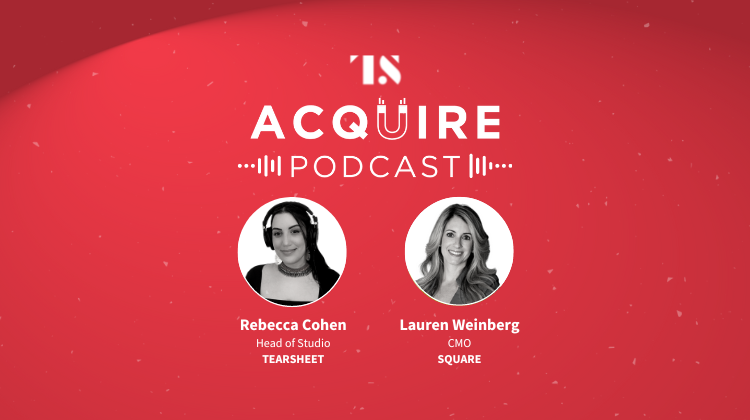Acquire Podcast, Modern Marketing, Podcasts
The Acquire Podcast Ep. 16: Farmers markets to SoFi and around the globe, Square’s brand is united
- Square’s CMO, Lauren Weinberg, joins us on The Acquire Podcast.
- With 13 years in market and exceptional brand awareness in the US, Square is expanding to Ireland, France, and Spain, while staying true to its core ethos.








